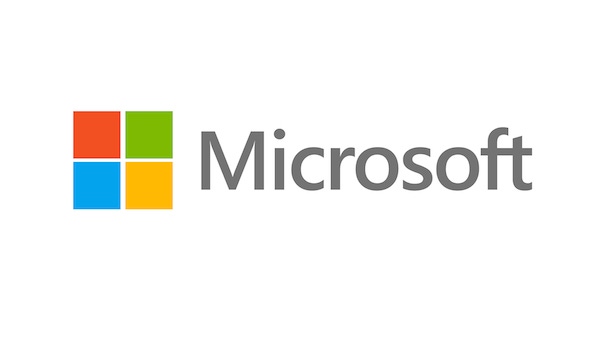Most people think of Microsoft Cortana today simply as the Microsoft personal digital assistant alternative to the more widely used Apple Siri technology. But at that the Lenovo TechWorld 2015 conference late last week Microsoft (MSFT) CEO Satya Nadella made it clear that the company's Cortana ambitions extend far beyond the realm of the personal digital assistant.

Most people think of Microsoft Cortana today simply as the Microsoft personal digital assistant alternative to the more widely used Apple Siri technology. But at that the Lenovo TechWorld 2015 conference late last week Microsoft (MSFT) CEO Satya Nadella made it clear that the company’s Cortana ambitions extend far beyond the realm of the personal digital assistant.
Nadella told attendees that in reality Cortana is a new application run-time that will wind up being as profound a development as the Windows operating system and browser itself. In essence, Nadella is making a case for Cortana to become one the primary user interfaces through which end users will interact with cloud applications.
Evidence of that potential was shown by Microsoft and Lenovo in the form of an instance of the Lenovo ReachIT file sharing application making use of Cortana to enable end users to use natural language voice commands to search for files locally or residing in any cloud service. Rather than using a traditional search text box, end users make use of Cortana to retrieve files using dictated commands such as “find that file I was working on in Starbucks last week.” Cortana then makes use of the metadata that the Lenovo ReachIT application created to track down the location of the file.
Alongside holograms generated wearing 3D glasses, Nadella predicts that Cortana running on Windows 10 will emerge as a primary mechanism through which end users will interact with applications inside and out of the cloud. Now Microsoft is saying that it will make Cortana available on Apple iOS and Google Android platforms as well.
Of course, Windows 10 will only become generally available later this year. But Microsoft has already shown how applications such as Microsoft Office 2016 will make extensive use of Cortana. It’s only a matter of time before application developers begin to make use of Microsoft software development kits (SDKs) to embed similar capabilities inside their own applications.
Of course, Cortana may not be the only voice command game in town. As part of the extensive partnership between Apple and IBM you can bet that work to embed Siri within a wide variety of IBM Watson applications delivered via the cloud is well underway.
It’s unlikely that voice commands will replace the keyboard and mouse for every application interaction. But in the fullness of time it is likely that all three will be used in concert with one another to provide a richer user experience. The one thing that will be different is that the application environment itself will soon know a lot more about what’s in that environment than the people that created could ever hope to remember.
About the Author(s)
You May Also Like


